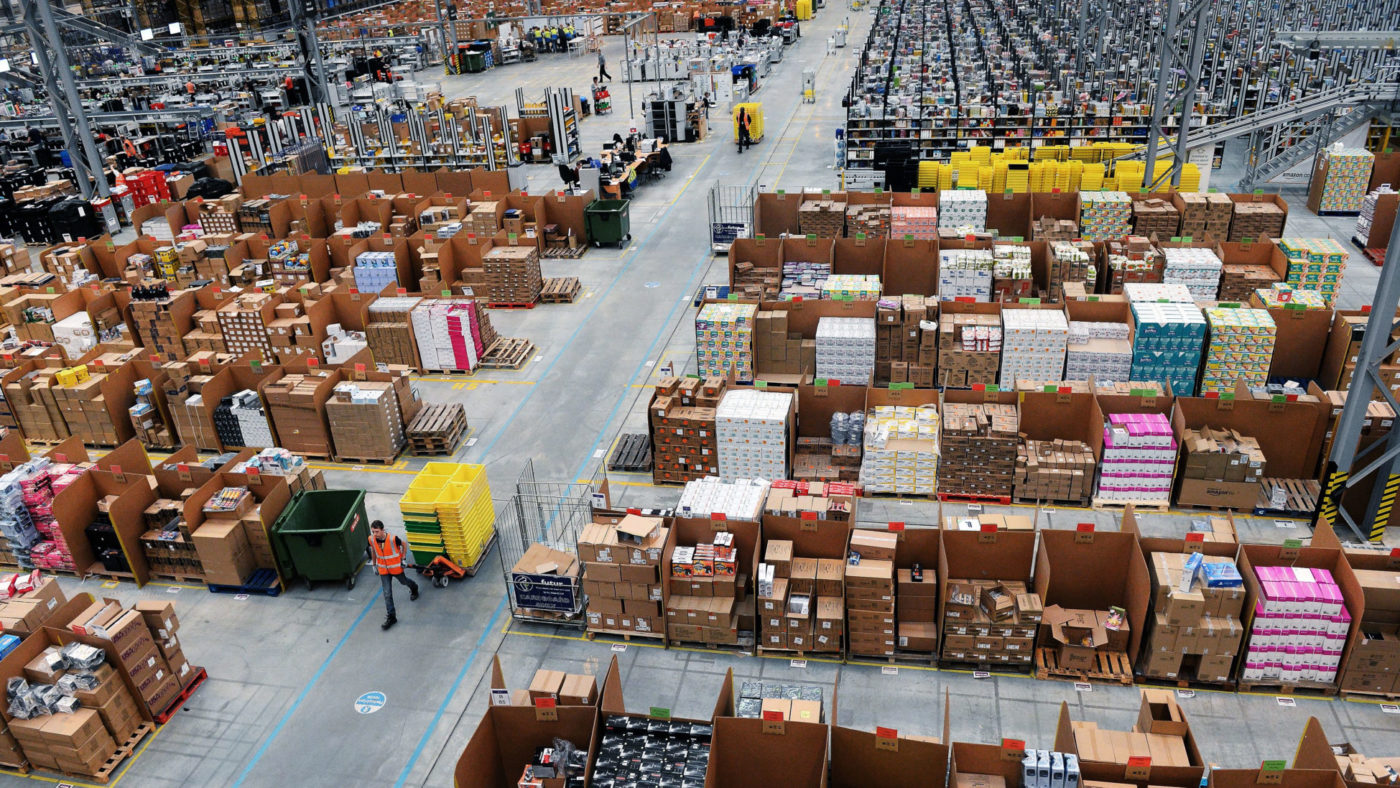Goodhart’s Law tells us that “when a measure becomes a target, it ceases to become a good measure”. It’s a good maxim to apply to nearly any macroeconomic theory. Just when we think we’ve worked out how it all works, real life starts to slither away from the theory.
Consider the history of economic models. At the time he was writing, the Reverend Malthus was correct to say that populations increase by geometric progression and food supplies by arithmetic, therefore one will outrun the other, ultimately leading to starvation. Unfortunately for Malthus, he also sat down to write at near exactly the point in history where his underlying assumptions were no longer true.
More recently, crude Keynesian models have told us we should just throw money at hiring people to do something, anything, when we’re in recession. This works if labour is just a lump, “homogeneous” in the jargon. After all, the US government did send 30,000 people off with spades to build the Hoover Dam.
The problem is, this theory became popular, and widely used as political guidance, just as labour became heterogeneous. We can no longer just hire people to do something. We have a limited number of experts at whatever it is, to say nothing of society today being so festooned with planning rules and regulations that we cannot build anything at all within one turn of the business cycle. Building infrastructure as a counter-recessionary move simply doesn’t work today.
This brings us to a new piece of research on Amazon. The “Amazon Effect” is already well-documented — online shopping enjoys very much lower margins than the traditional bricks and mortar kind, but it also carries very much lower costs. As Amazon and its competitors expand, from 1 per cent to 10 per cent to 16 per cent or so of today’s retail sales, this effect is large enough to reduce inflation. Some estimate it could be by as much as 0.5 per cent a year, possibly even more.
We also find that retailers’ prices are becoming more uniform. That’s fun because one of the assumptions of the perfect competition model is that those selling don’t control prices, they’re just price-takers. The more competition there is, the more this will be so. Greater regularity of pricing suggests that we’re becoming a more competitive economy, closer to that perfect model.
That is entirely at odds with the the idea that we’re in an economy of concentrated corporate power, where companies have greater control over prices.
But the macroeconomic model that is most affected by this new research is the standard central bank and governmental one of how the economy works. The idea that sellers change their prices frequently has particularly significant implications. After all, one of the grand disagreements among macroeconomic models is how fast things happen.
To put it crudely, the New Classical and parts of the Real Business Cycle models assume that prices change immediately across the economy as a result of any change in circumstances. That would imply that we cannot get stuck in a recession at all, which is perhaps not something that passes the “look out the window” test. Crude Keynesianism asserts that sometimes prices never adjust at all, so we can get stuck in an unfavourable equilibrium.
The only modern macroeconomic models that anyone actually uses are New Keynesian, an important part of which are so-called “menu costs”. Prices will change, but slowly and in lumps. Think of the restaurant with printed menus. Prices change out there in the economy but there’s a cost to reprinting the menus. So, those menu prices only change occasionally, not continuously, and in jumps or lumps, not with fine granularity.
That all seems fair enough, especially to anyone who has actually run a restaurant as I have. This concept of a juddering and slow adaptation of prices to circumstantial changes in the economy does seem to enable the models to describe reality better.
But now we must contend with the new reality of online pricing where it’s not even humans, but algorithms, which change prices, potentially many times a day. Yes, it’s only one part of the economy at the moment, but it’s obvious that this phenomenon is only going to expand.
When it does, the New Keynesian idea of “menu costs” will be little more than redundant. We’re going to be closer to a New Classical or Real Business Cycle world. And just as with Malthus and the original Crude Keynesianism, the New Keynesian model will become out of date just as it has become established orthodoxy.
My own view is shared by PJ O’Rourke, who observed that “microeconomics concerns things that economists are specifically wrong about, while macroeconomics concerns things economists are wrong about generally”
While we find general agreement among economists right across political views about rent controls or the benefits of trade, there is, as far as I know, no single macroeconomic theory which near all economists will agree to. Indeed, we’ve actually had Nobel Prizes awarded for diametrically opposed macroeconomic theories, both of which simply cannot be right.
So it makes sense to me that we should carry on getting the microeconomics right and leave the macro, the bit we’ve no consistent theory about, to fend for itself.
Even if you wish to disagree with that, we still need a name for this corollary of Goodhart’s Law. Every time we come to general agreement on the composition of our macro models, the real world pulls the rug from our assumptions. Any offers on what we should call that?


